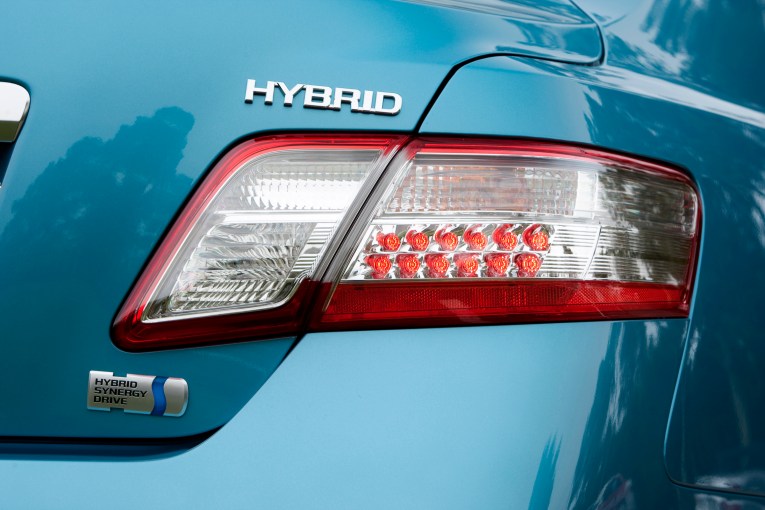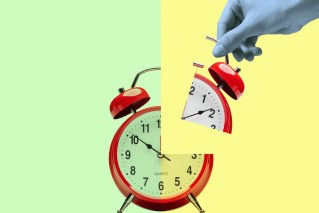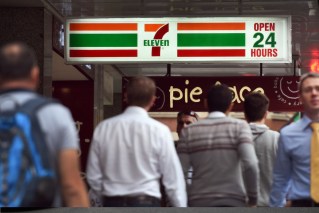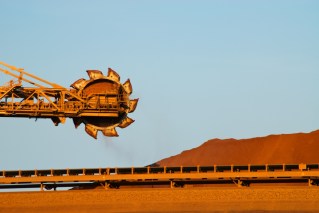Michael Pascoe: And now the real housing affordability crisis of soaring rents

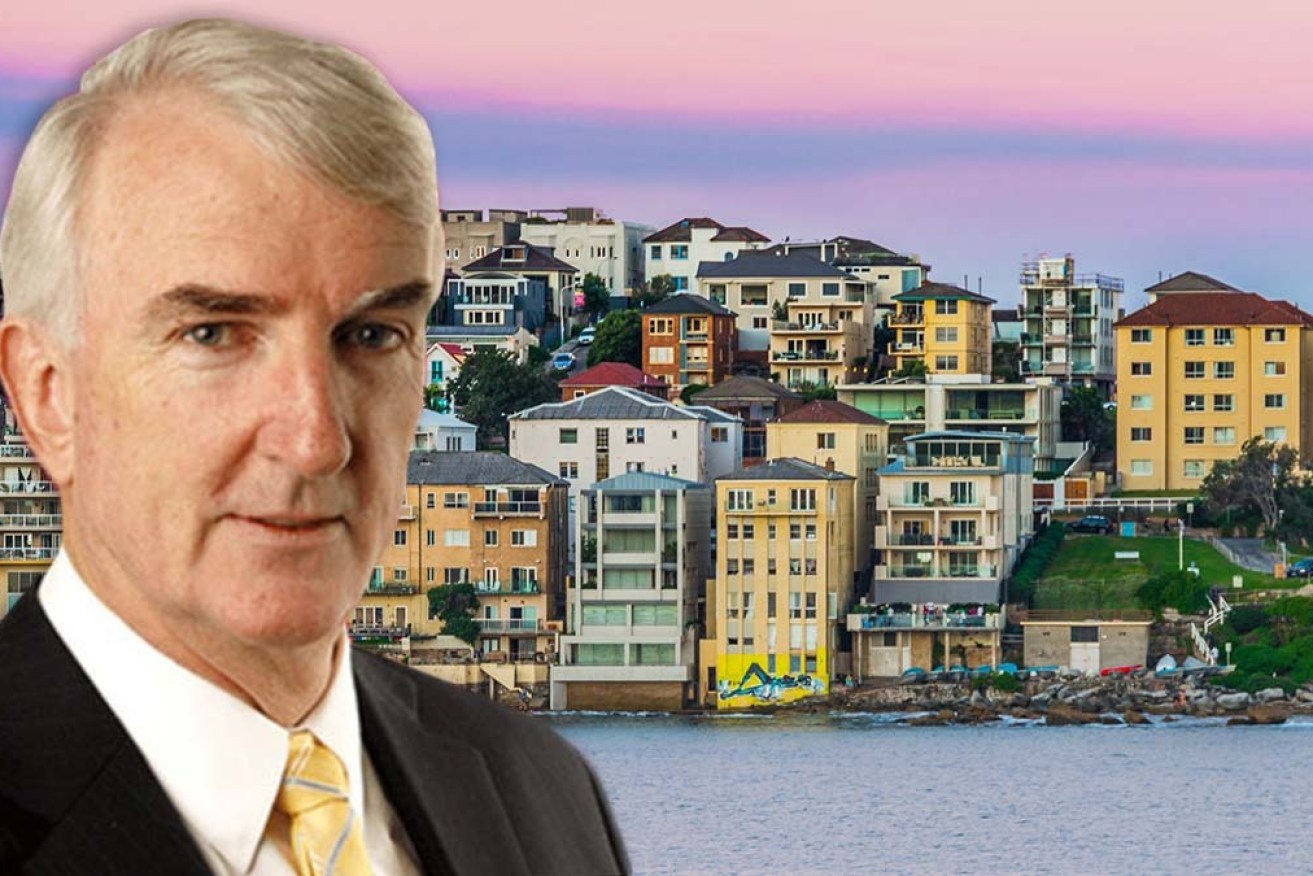
For the third of Australians who rent their shelter, their disposable income is being squeezed, Michael Pascoe writes. Photo: TND
The real housing affordability crisis is rapidly worsening.
No, not the cost of buying a home that hurts a relatively small number of people, but the cost of renting which hits a third of the population, including the Australians least able to cope with it.
CoreLogic’s September-quarter rental review found Australian rents on average jumped nearly 9 per cent over the past year.
Year-on-year rent increases were steepest in the regions – 12.5 per cent – while the combined capitals averaged a 7.5 per cent rise.
Many people traditionally have chosen (or been forced) to live in regional Australia because housing was cheaper, but that differential is being quickly eroded.
The median rent in regional Australia is now $452 a week.
The combined capitals median rent is only 11 per cent higher at $500 a week.
The rent hikes far outstrip wages growth. The most recent wage price index showed growth of only 1.7 per cent – and take-home wages growth is considerably worse than that.
At the Big Picture level, it means living standards are being palpably cut for the third of Australians who rent their shelter, that the disposable income of a third of the nation is being squeezed.
And for the minority in that third who are trying to raise a deposit to purchase a home, their ability to save is being reduced at the same time that housing affordability for would-be buyers has collapsed in key markets as higher prices overwhelm low interest rates.
Rising rents, higher prices and miserable wages growth threaten to become a bigger drag on the economy than the “wealth effect” is a stimulus for those who already own property.
The Big Picture obscures a wide range of pain levels and diverse outcomes, very few of them less than bad.
Rental growth for houses nationally – 10.3 per cent – was nearly double that of units – 5.2 per cent – but CoreLogic notes the gap between the two is narrowing. In the September quarter, both recorded a 1.9 per cent rise.

Source: CoreLogic
In the capital cities, house rental growth ranged from a low of 4.1 per cent in Melbourne to an eye-watering 21.2 per cent in Darwin.
The median rent for a house in Australia’s biggest market, Sydney, is up by 9.1 per cent to $661 a week, meaning the median renter has to find an extra $55 a week after tax, an extra $2860 over a year.
With wage rises a fraction of that, other spending has to be cut.
The COVID-driven escape from the city by owner-occupiers, investors and renters alike has squeezed supply in the regions, resulting in both houses and unit rents jumping.
The median house rent in the combined regions is up 12.3 per cent over the past 12 months to $458 a week while the median unit is up 13.2 per cent to $428.
The median regional house rent now requires an extra $50 a week – a massive amount given lower average wages in regional Australia or for anyone on a pension, even with rental assistance.
The only major market not to rise was Melbourne units, down 1.6 per cent over the year to $417 a week, but turning the corner with a rise of 1.3 per cent in the September quarter.
Australia’s most expensive rental market? Canberra – the median house rent $690 week, up 10.5 per cent, the median unit up 7.4 per cent to $533.
Adelaide is the cheapest capital city – and cheaper than the regional average. The median Adelaide house rental is $459, up 3.9 per cent, the median unit $371, up 6.1 per cent.

Most expensive and cheapest suburbs for house rental. Source: CoreLogic
Looked at from the other side of the equation, the landlord’s point of view, the rise in national rents has not kept pace with the rise in dwelling values, meaning gross rental yields have been further compressed.
CoreLogic notes national gross rental yields have been declining every month since last October to be 3.29 per cent at the end of September.
The combined capital cities gross rental yield was 3.12 per cent – that is before rental agents’ management fees, never mind rates, water and maintenance.
Landlords are relying on housing prices continuing to rise to make a profit.
Ditto the overall housing industry while shelter is left almost entirely to the private sector.
As we’ve reported here before, Australian governments’ collective retreat from social housing provides a floor for the private rental market while developers’ self-interest and land banking ensure prices rise.
